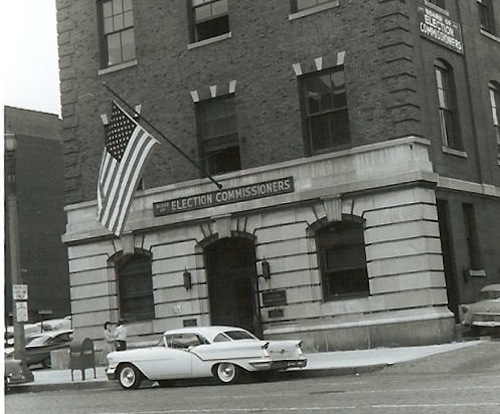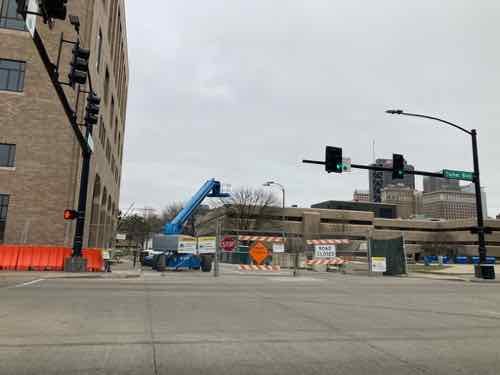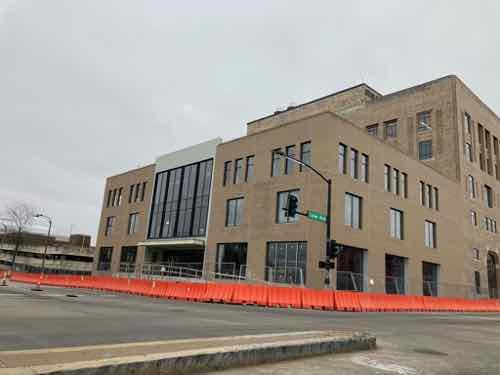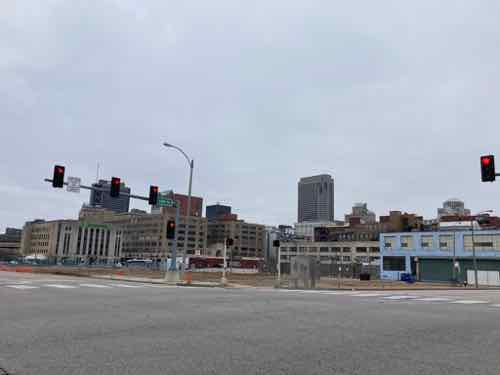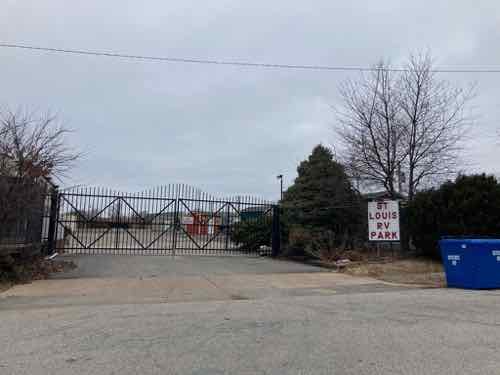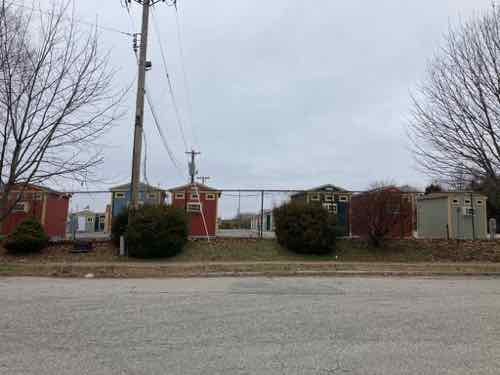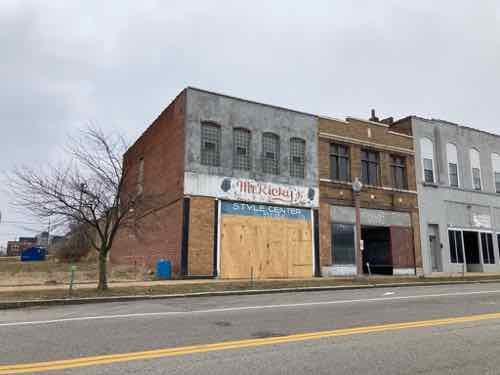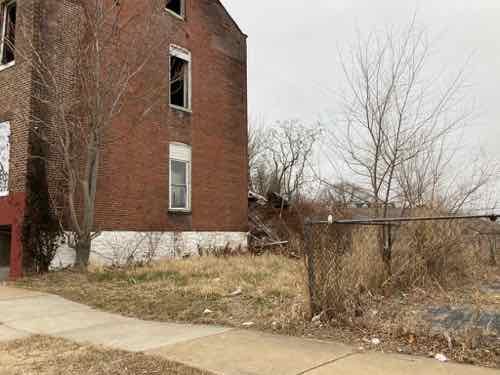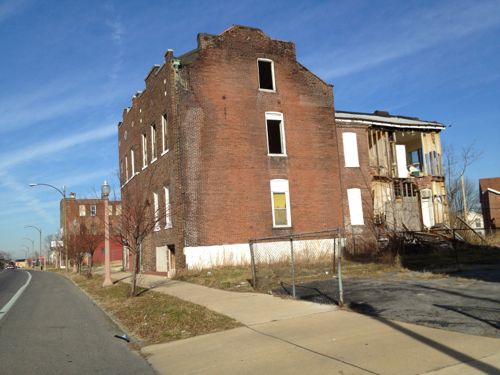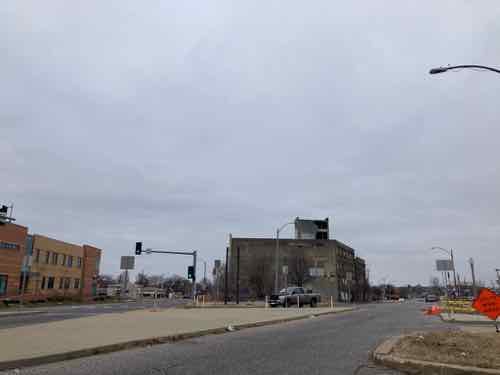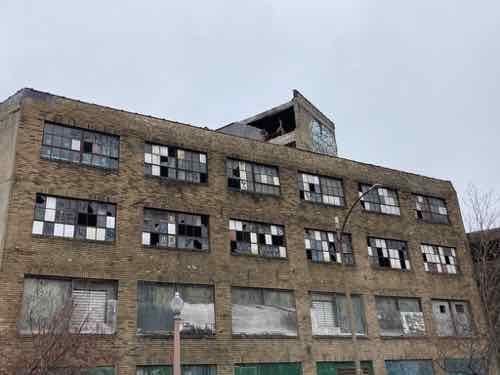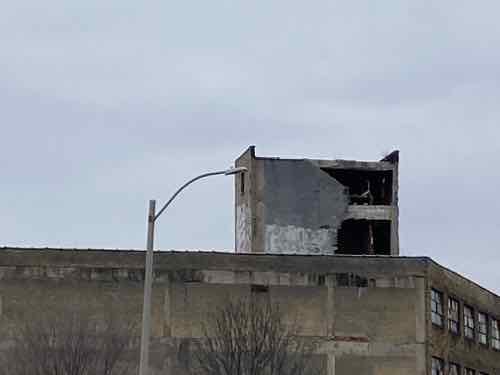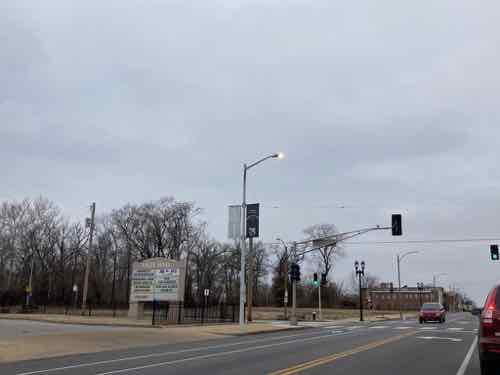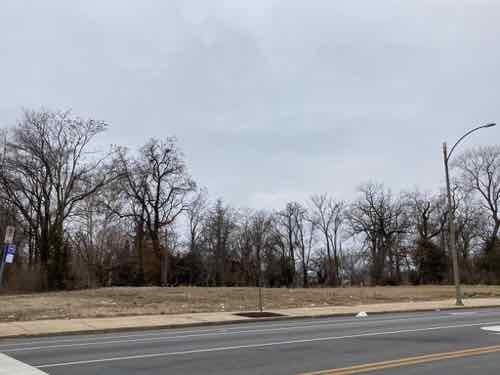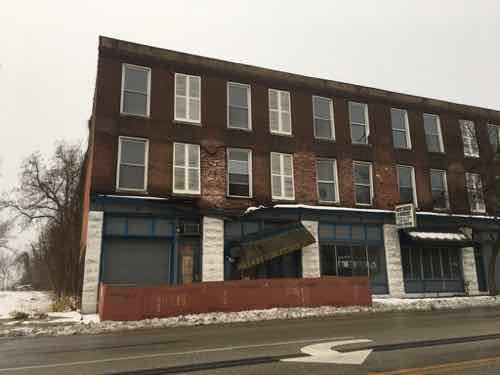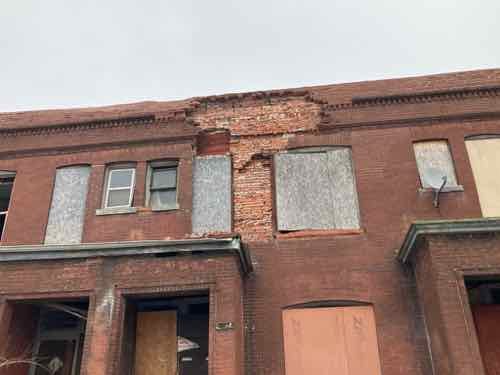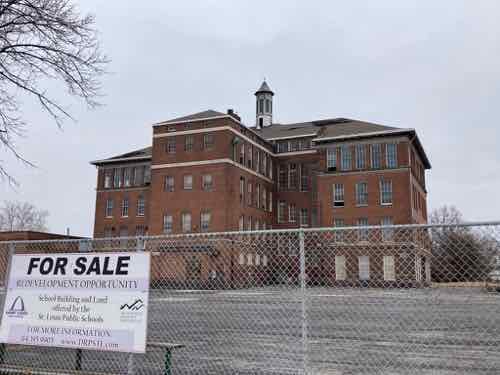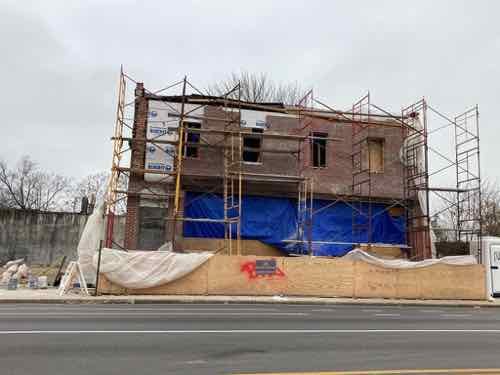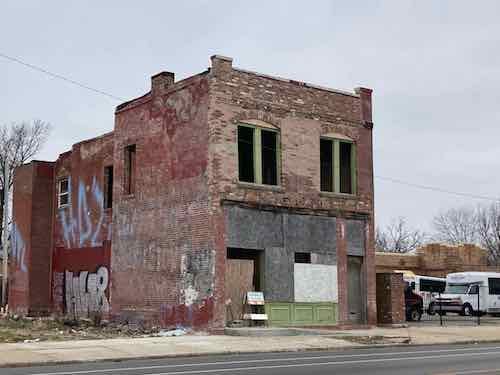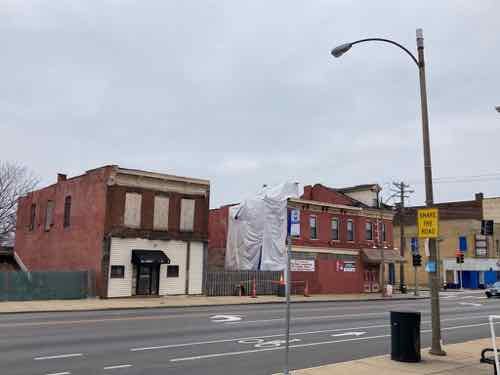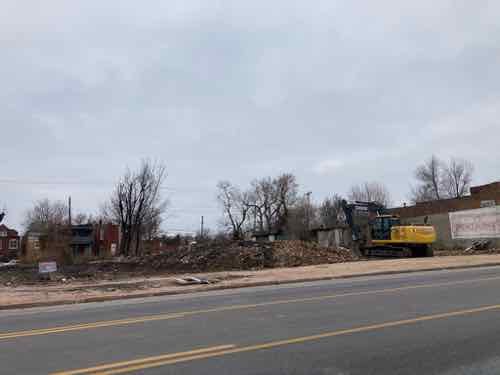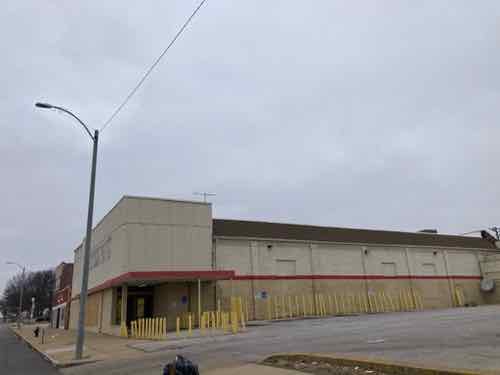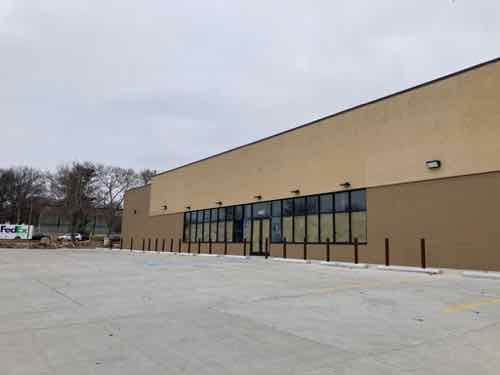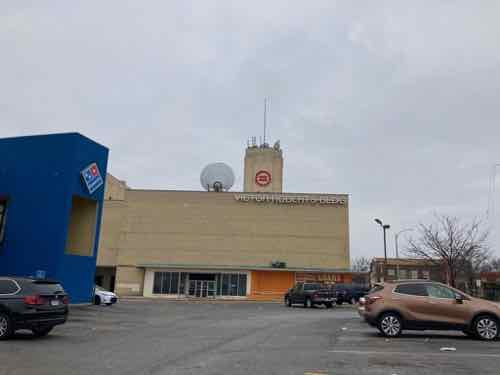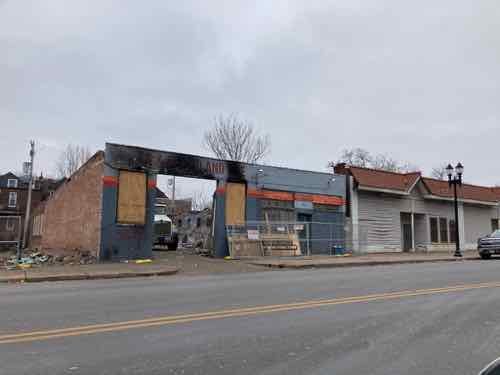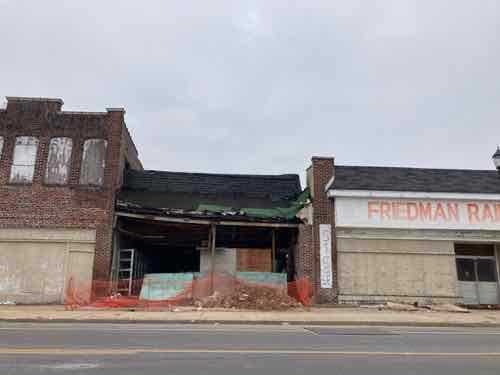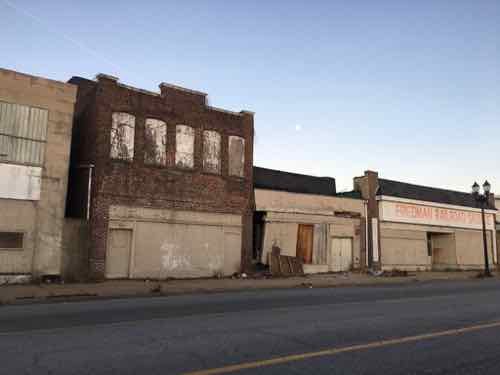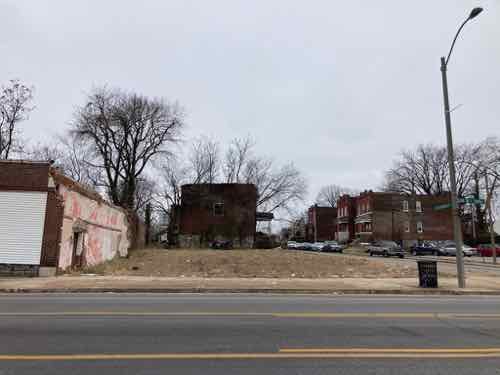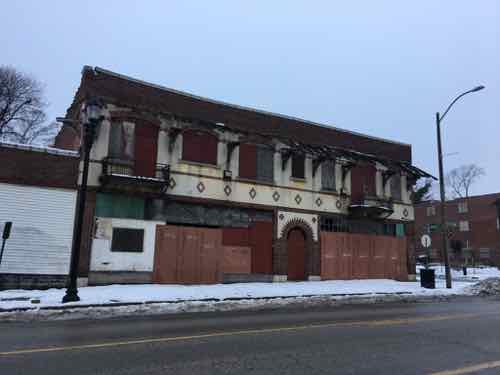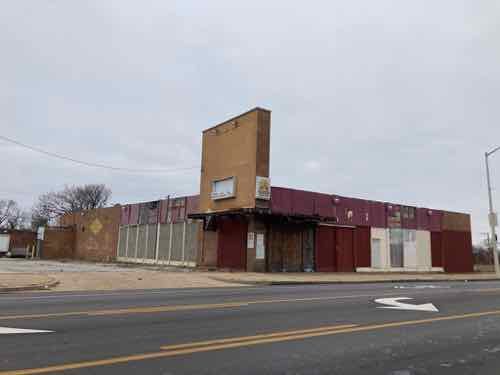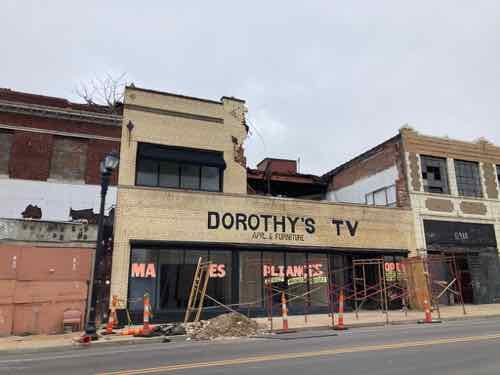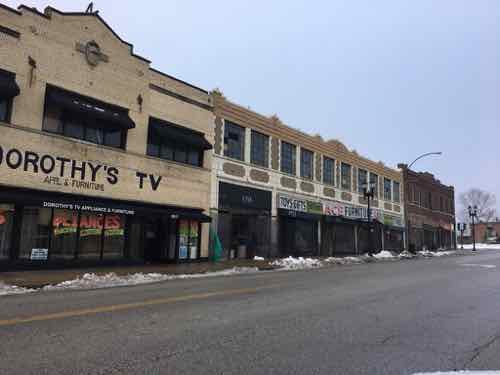Where They Lived: Page, Hathaway, and Spinks
February is Black History Month and two recent celebrity deaths prompted me to do this post.
I’ll begin with the opening lines to RuPaul’s 1992 dance hit Supermodel (You Better Work):
[Spoken Intro: LaWanda Page and RuPaul]
Once upon a time, there was a little black girl, in the Brewster Projects of Detroit, Michigan. At fifteen, she was spotted by an Ebony Fashion Fair talent scout and her modeling career took off
You better work.
These initial lines weren’t sung by RuPaul, they were spoken by the very recognizable voice of Lawanda Page (1920-2002). Though Page was born in Cleveland, Ohio she was raised in St. Louis. According to Wikipedia she attended Banneker Elementary School at 2840 Samuel Shepard Dr. This school closed in 2005. This is just north of what was the Mill Creek Valley neighborhood, where she likely lived.
LaWanda Page, born Alberta Peal, is best known for her roll as Aunt Esther on the sitcom Sanford and Son, starring her friend St. Louis-born Redd Foxx (1922-1991). Born John Elroy Sanford, his father was indeed named Fred Sanford. While Foxx was born in St. Louis he was actually raised in Chicago.
Back to the song lyrics and that little black girl. None of the three male songwriters were from Detroit, much less the Brewster projects. However, three little black girls from the Brewster projects in Detroit Michigan founded the group that became Motown’s The Supremes. Supreme Mary Wilson (1944-2021) recently died.
Like so many housing projects, Brewster began as low rise buildings but later buildings were high rises.
The Brewster Project and Frederick Douglass Apartments were built between 1935 and 1955, and were designed by Harley, Ellington & Day of Detroit. The Brewster Project began construction in 1935, when First LadyEleanor Roosevelt broke ground for the 701-unit development; the first phase, consisting of low-rise apartment blocks, was completed in 1938. An expansion of the project completed in 1941 brought the total number of housing units to 941. The Frederick Douglass Apartments, built immediately to the south of the Brewster Project, began construction in 1942 with the completion of apartment rows, two 6-story low-rises, and finally six 14-story high rises completed between 1952 and 1955. The combined Brewster-Douglass Project was five city blocks long, and three city blocks wide, and housed anywhere between 8,000 and 10,000 residents, at its peak capacity.
St. Louis followed the same pattern of low rise initially, followed later by massive high rise projects. Today’s Carr Square neighborhood included numerous public housing projects, both low & high rise: Carr Square Village is low rise, followed by high rise Vaughn Housing & Pruitt-Igoe.
Donny Hathaway (1945-1979) was born in Chicago but raised in the Carr Square neighborhood. My favorite Donny Hathaway song is his 1972 duet with Roberta Flack, Where Is The Love? He lived with his grandmother and attended Franklin Elementary & Vashon high school. I wasn’t able to find a specific address so I’m not sure where they lived. I do know another song he’s known for is The Ghetto.

The Spinks family, including boxer Leon Spinks Jr. (1953-2021), also lived in the Carr Square neighborhood. Early on it would’ve been called Kerry Patch, and later DeSoto-Carr. Unlike Donny Hathaway, I do know exactly where the Spinks family lived.
Leon Spinks Sr was born in 1937. In the 1940 census he was the youngest of 8 kids living with Lewis & Ava Spinks at 1409 N 14th Street. The house they lived in was on the 1909 Sanborn map, but was torn down prior to the 1980s construction of the existing apartments at that addresses. The 53 year old Lewis Spinks Sr. listed the 14th Street address on a war registration card but marked it out, writing in 1024 N 21st. As a reference he listed Lewis Spinks Jr, now living separately at 1423 Biddle.
Leon Spinks Jr was born in 1953. In 1965 his father was living in the 2800 block of Biddle, in or near Pruitt-Igoe. By 1969 the senior Leon Spinks was living at 2210 Cass — definitely Pruitt-Igoe.
Not sure why I enjoy looking up where people lived, but I do.
— Steve Patterson
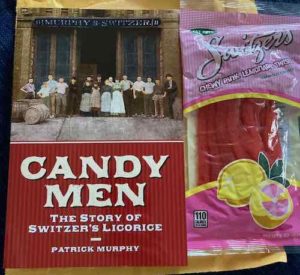
 Like a book I posted about last year,
Like a book I posted about last year, 